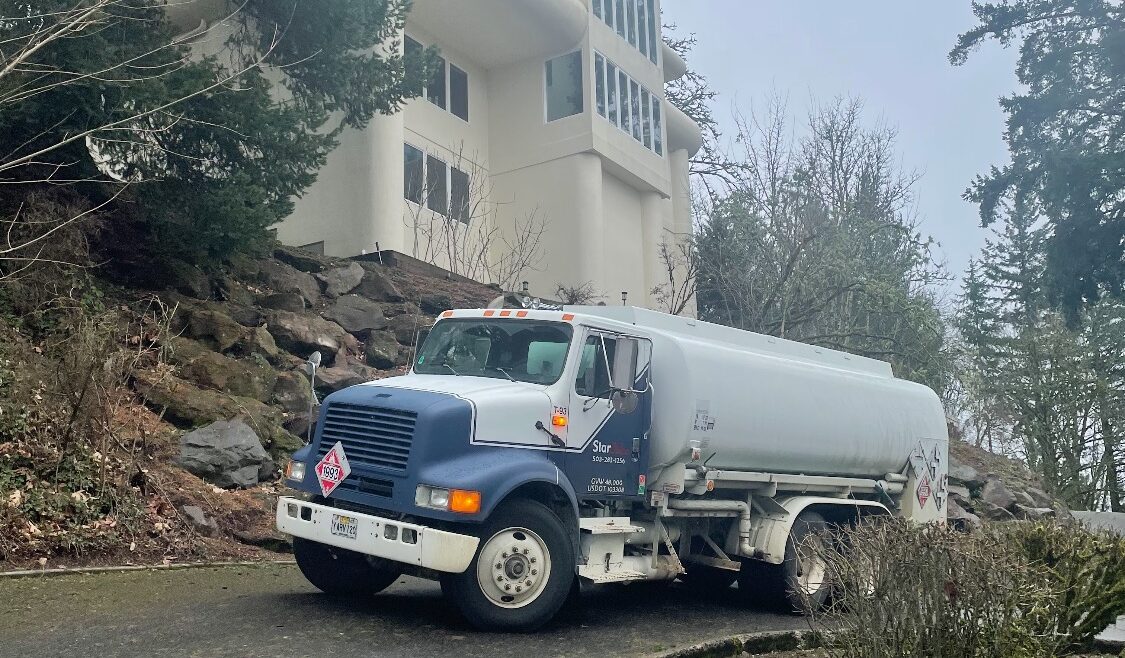Fuel Market Report: Nov 24th – Nov 30th, 2024


Wholesale Price Average 11/30/24
| Wholesale Low | Wholesale Avg | |
|---|---|---|
| E10 | $2.19 | $2.30 |
| B5 | $2.30 | $2.41 |
| B20 | $2.27 | $2.39 |
Average Retail Prices 11/30/24
| National | Oregon | Washington | |
|---|---|---|---|
| E10 | $3.05 | $3.54 | $4.00 |
| B5 | $3.54 | $3.83 | $4.34 |
Taxes
| Federal | State: OR | Local | State: WA | |
|---|---|---|---|---|
| Gas | $0.184 | $0.40 | $0-.13 | $0.494 |
| Diesel | $0.244 | $0.40 | $0-.13 | $0.494 |
Oregon Fuel Price Variance

Fuel Market News
With the Thanksgiving holiday week comes time off for much of corporate America. Most people took off time for travel and family gatherings. Due to this, there was not much movement in the market after Wednesday of last week. Rack averages for diesel did not move more than a penny and gasoline jumped by $0.03/gal. Retail prices also did not have much fluctuation as they only moved about $0.01/gal. Gas prices should trickle down this week as we roll into the winter season this month starting Dec 21st.
With the winter season approaching, it is a great time to be sure your backup generators are topped off for any extreme weather conditions over the next few weeks.
Get your generators topped off

Important Note: Per the City Of Portland, “Distributors in the City of Portland are required to meet the minimum biofuel content requirements for all fuel they distribute beginning on May 15, 2024. All diesel fuel distributed to retail stations, non-retail dealers, or wholesale purchaser-consumers must include a minimum of 15% biofuel content, from either renewable diesel or biodiesel. This requirement increases to 50% on May 15, 2026, and 99% on May 15, 2030”.
Crude oil traded just below $70 this past week, at a current price of $68.02/barrel. This is $0.47 lower than it was last week. Not much of a real difference.
Crude oil is the main ingredient for gasoline and diesel. Per AAA, on average about 50% of what you pay at the pump is the price of crude oil, breaking down as 25% refining, 11% distribution & marketing, and 14% taxes—a helpful breakdown for consumers wondering why they are paying the prices that they pay. Crude Oil is trading at $68.02/barrel compared to $68.49/barrel, last week and $83 a year ago.
Fuel prices result from a complex interplay of the factors mentioned above and other factors regionally. Additionally, prices may vary by specific regions within Oregon and Washington. For the most precise and up-to-date information on fuel prices and the causes for these price changes within your area, use the links below for AAA & GasBuddy.
If you have any questions, feel free to contact Star Oilco and speak to one of our fuel market advisors to discuss how the market can impact your business.






















